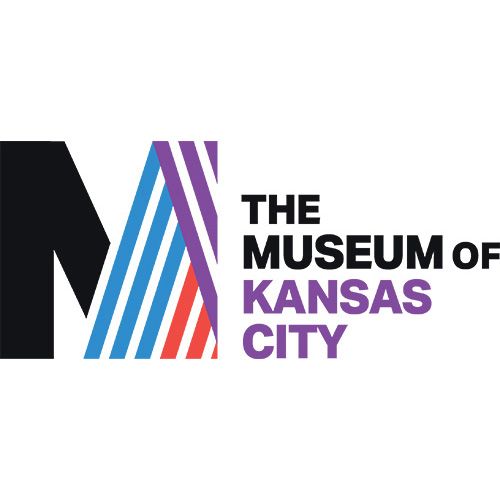By MICHAEL BUSHNELL
Northeast News
November 9, 2016
If you’ve forgotten what the third floor of the Kansas City Museum looked like when your elementary school booked a field trip there, here’s a little refresher for you.
Eskimoland, as the exhibit was called, featured the famed igloo as the exhibit’s centerpiece in the barren land near earth’s North Pole. The description on the back of this J. E. Teterick & Company, 1960s chrome-style postcard states: “Kansas City Museum’s Far North Exhibit — includes full size igloo, air conditioning and tape recording of roaring wind, howling huskies and singing Eskimos. School children, in scheduled classes, enter the igloo and seated on bear skins handle and study Eskimo art and crafts.”
Times changed, however, and Eskimoland closed in the 1980s when access to the Museum’s upper floors was denied to the public for fire safety reasons. The igloo was rather unceremoniously tilted on its side and “stored” in the middle of the floor, amongst other debris from dismantled exhibits and crumbling plaster ceilings and walls.
However, through the miracle of modern science, the management company at Zona Rosa re-created the igloo a few years back and it was proudly on display in the Carriage House, adding that little extra bit of holiday detail to the annual reign of the Museum’s Fairy Princess.
The scene depicted on the front of this card shows a young boy exiting the igloo under the watchful eye of an unnamed Museum staffer. We have just one question though: who’s the boy, and where is he now to cash in on his 15 minutes of fame?
Iconic igloo inspires museum memories
Related Posts
Family Flower Business, a Staple of Northeast Community
Michael Bushnell Contributing Historian Rose Marie Serrone opened her flower and gift shop in a single story, Art Deco-style building in 1946 located at 2659 Independence Blvd. Rose Marie’s Floral…
Ice Wagons Once a Staple of Daily Neighborhood Life
Michael Bushnell Contributing Historian Seventeen carloads of 8-inch ice, direct from the Nemaha River near Lincoln, Nebraska were received in this city on Sunday last by the K.C. & Wyandotte…

















